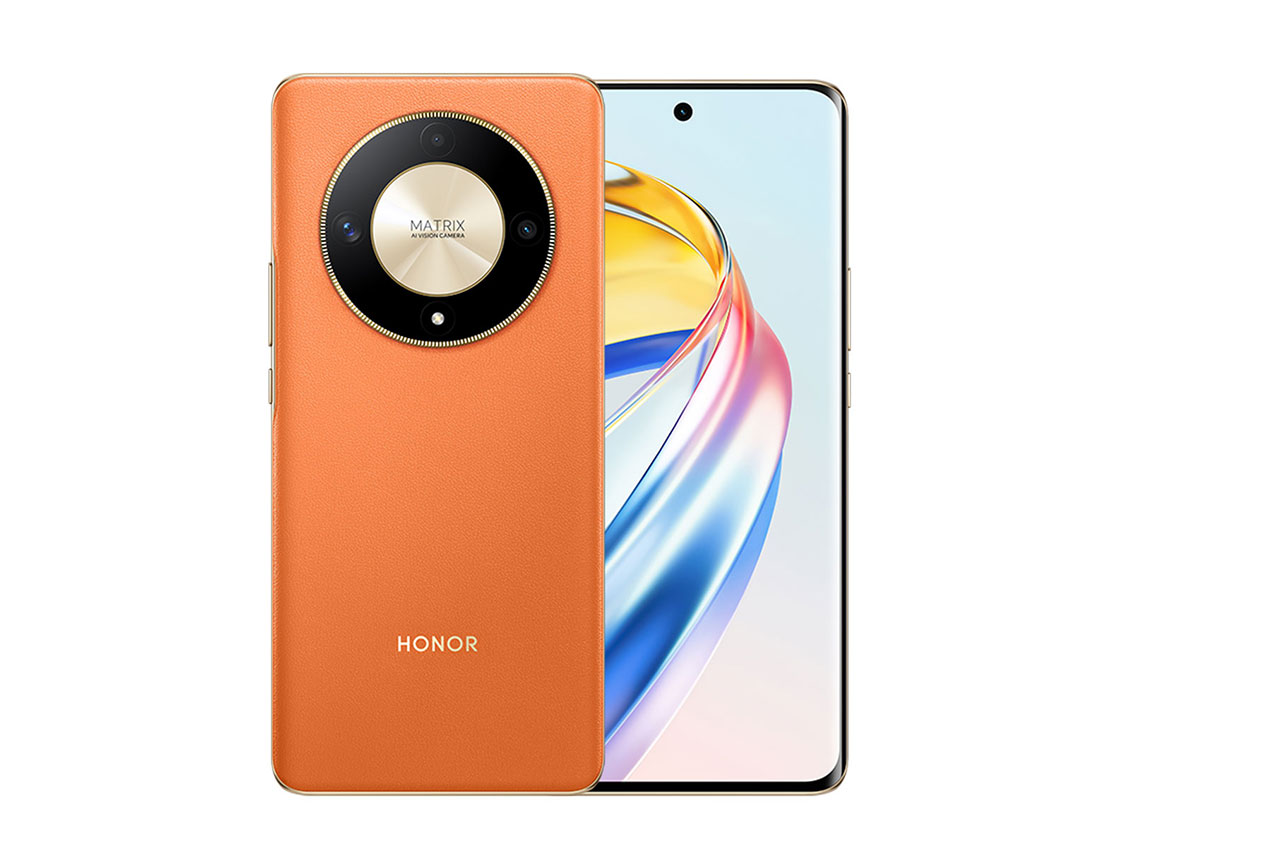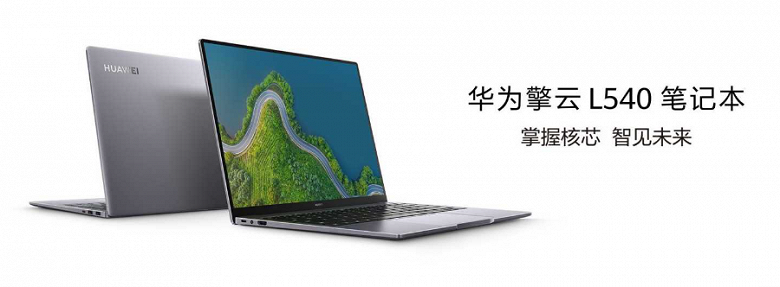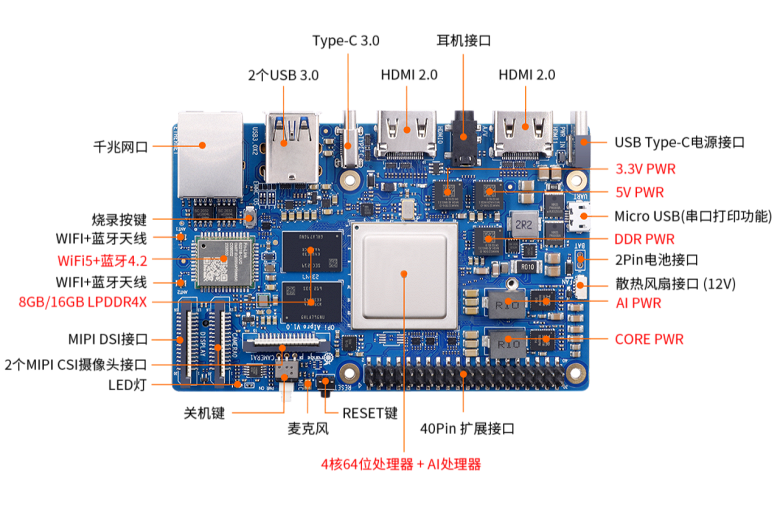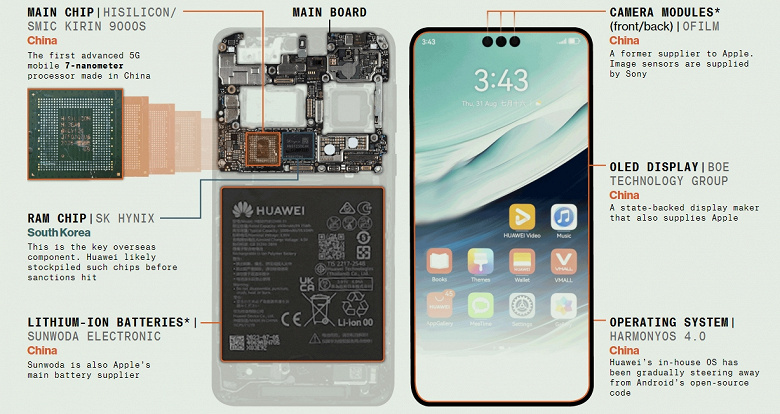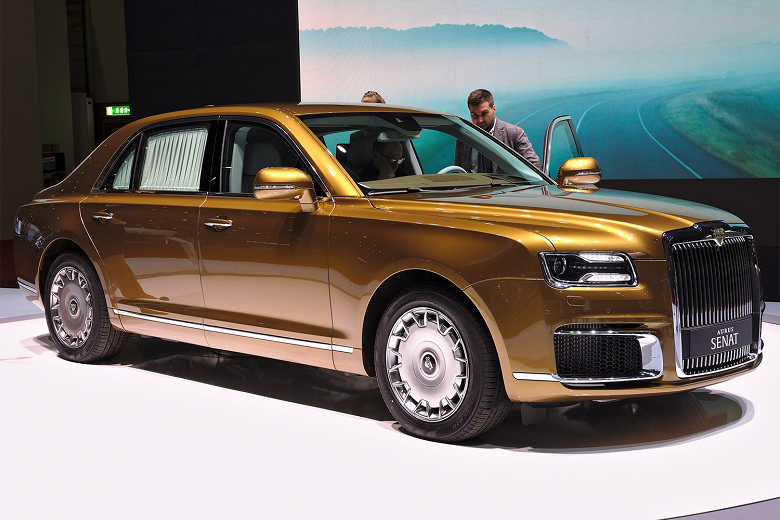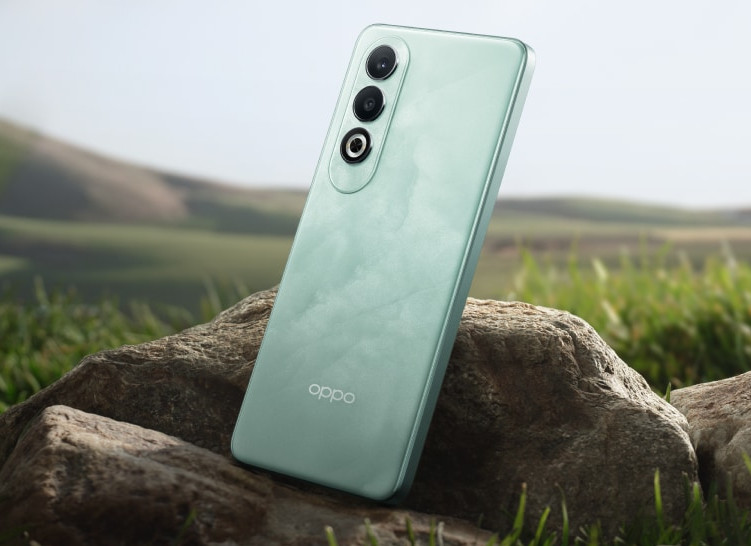Huawei has nowhere to run: all suppliers are tied to American technology
Less than a month is left before TSMC ships the last batch of HiSilicon processors for Huawei. The week kicked off with the announcement of the US banning the supply of Huawei with any component using US-based technology. The harsh truth is that there are almost no suppliers on the market that do not use such technologies.

